Are You Comfortable with Dormancy?
Frequently, there is dormancy in houseplants, but many of us plant collectors don’t appreciate when our plants enter a phase of rest following an active growing season. When something is inactive, it means it is static or not growing, and houseplants cannot be that one exception among living things.
Have you ever been in a relationship that entered a dormant phase? Have you felt ever felt that your career was stagnant? What do you do with that?
Relax
In our daily lives, often, the first thing we do when recognizing dormancy in some situations is panic from fear, anger, confusion, and impatience. But some of us know that that response doesn’t work. When we panic, we interrupt our peace of mind. During those times, we need to see that the situation is still capable of growth and is simply in a state of much-needed rest and time for rejuvenation.
Everything Takes a Break
Our bodies experience dormancy every 24 hours when we lay down to sleep. We take Sabbaticals from our careers, heal after a stressful medical procedure, and even God took a rest on the 7th day. But asking an indoor plant enthusiast to embrace dormancy in houseplants can be a touchy negotiation.
Often, unless a person has a few plants that do not enter the dormant phase, they will lament for about four months until Spring comes around again. Unashamedly, I am one of those people.
“Something that is dormant is not active, growing, or being used at the present time but is capable of becoming active later on.”
https://www.collinsdictionary.com/us/dictionary/english/dormant
The Short Cloudy Days of Winter
Our plants can sense climate change even if you keep the temperatures warm inside your home. They can feel that the sun is lower in the sky and know they don’t receive nearly as much sunlight as during the growing seasons of Spring and Summer, and they respond accordingly.
And if you are like me and have only a little patience, you watch for December 21, the shortest day of the year, and then start counting the days until Spring.
Heavy-handed waters
Winter is a tough time for frequent and heavy-handed plant waterers like myself. It’s like, every day, I have to have a plant that needs watering. The problem is that when plants are dormant, over-watering can kill them quickly because they do not get enough sunlight to dry out the soil as quickly as it would during the warmer months.
The Need To Always Be Nurturing
So, to help with my need to constantly be nurturing something, I have resorted to adding more plants to my collection so that at least one or two need watering, pruning, or inspecting every day. That comes from my nurturing habit as a mother. I go hard with my houseplants because my children are grown and no longer need my nurturing. So my plants get that benefit.
Letting Dormancy Happen Naturally
Undoubtedly, the pandemic forced dormancy on all of us due to global lockdowns. Some of us handled dormancy well, and others did not. It gave many of us a chance to re-evaluate nearly everything. And if two years of external inactivity was the worst thing you experienced, then consider yourself very lucky.
Like our lives, our plants need to rest. They need time to strengthen their root systems and work on other things besides showing off their colorful blooms, variegated foliage, or deep green chlorophyll.

Commercial Break:-)
To receive updates whenever I post something new, join my email list. Just click the button below to subscribe for free!
Now, back to the article (smile)
Some say if we want our plants to grow during the winter, we need to get grow lights. (More about grow lights later.) I do not have one dedicated plant room, so I would need to use artificial lights all over my house to accommodate my many plants. And that ain’t gonna happening, trust me.
There Is No Such Thing As A Houseplant
Did you know that there is no such thing as a houseplant? All plants are for the great outdoors, but as we have become increasingly out of touch with nature, one of the ways we can get back in touch with nature the way God first intended is to bring plants indoors to share our living spaces.
Reaching For the Light
In the great outdoors, most tropical plants survive by stretching toward the sunlight. The challenge is to try to mimic our indoor plants’ natural habitat as closely as possible.
I am learning to embrace that houseplant dormancy period which lasts five months where I live. Besides, my plants need a good rest after all the fuss I’ve made over them during the growing season LOL.
For instance, I often move plants around a lot for different reasons. Sometimes, I bring plants downstairs to water and fertilize and then get too lazy to take them back upstairs immediately. But frequent moving may not be suitable for the plants since the humidity levels between the upstairs and downstairs of my home are different.
Moving Plants Closer To the Light
I put as many plants as possible near the windows when the sun shows itself strongly. However, I must remember to move them before the sun sets and the evening temperature drops.
Everyone wants their plants to keep growing throughout the winter season. Me, too. But letting our houseplants slip into dormancy during the cold months is okay. I am much more concerned with keeping all my houseplants alive than getting them to continue pushing out new foliage during the winter.

Grow Lights or Maintenance Lights During Dormancy?
Long before the first frost that sends my outdoor garden into dormancy, my indoor plants have already adjusted to lower light and humidity conditions indoors. And now that wintertime is here for many of us, the buzzword is artificial lighting.
A few weeks ago, I purchased my first grow light bulb, and because it is a heavy bulb, I had to buy a floor lamp to house it. I want to see if it will make a difference in the relatively small number of my plants struggling this winter. But that one light cannot provide for the many vining plants hanging all over my home. Those will have to make do until springtime.
Let Keeping Them Alive Be Enough
Everyone wants their plants to keep growing throughout the winter season. I am not against winter growth. However, I am much more concerned with keeping all my houseplants alive than getting them to continue pushing out new foliage during the winter.
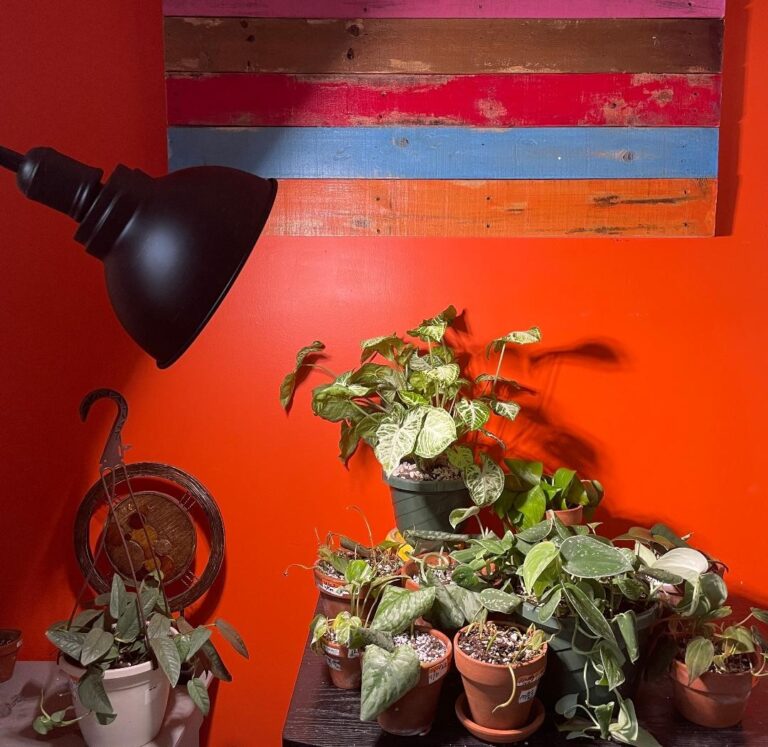
What Can Happen In Dormancy?
It is easy to be bothered by yellowing and leaf-dropping. Often plants drop leaves after a lot of summer growth, especially if we put them outdoors for the summer. And sometimes they get yellowing leaves. But only worry about yellowing leaves if it is caused by overwatering, in which case you will need to make adjustments.
Enjoy Those Winter Surprises!
We can also get surprises during the so-called dormant season. For instance, when one of my snake plants grew flowers during the winter, I was shocked because I did not know that snake plants could flower. And research taught me that if they do bloom, it usually happens during the Spring, not during the wintertime.
Another surprise is that a few of my plants that caused me disappointment during the regular growing season with no growth have given me lots of growth during this so-called season of dormancy. That is what is happening with my Jade Satin Scindapsus and my Scindapsus Trubeii Moonlight. And I am in shock because I was stressed during the growing season when those plants did nothing for me. Go figure. LOL.
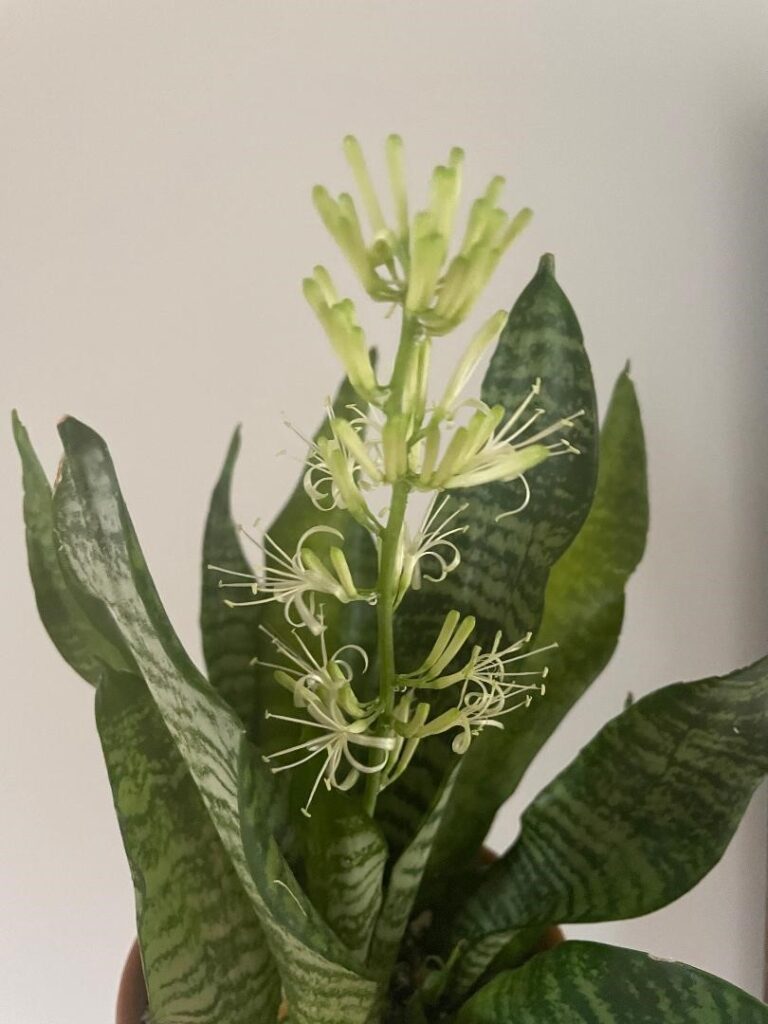
Dormancy is a Great Time Plan Corrections
Caring for houseplants is a consistent learning curve, and at the end of each growing season, I take inventory of all the things I did right and the things I did wrong so that I can make improvements in the Spring.
As I type this, I see plants that I need to water less frequently, even during the regular growing season. And I am eyeing others that might do better in soilless growing mediums.
In addition, I now know which plants are more accustomed to growing in the understory of tall trees in the forest, so I will give them less sunlight next season to prevent scorching their leaves. For instance, my Cebu Blue plants are very susceptible to leaf burn even if I put them too close to the window on the north side of my home.
Use the Dormancy Period to Try New Things
I want to try different growing mediums or do specific experiments with some plants. The off-season is a great time to experiment so that by Spring, you will have some practice under your belt.
I have preferred to grow my plants in soil, but I have been learning about the benefits of using other substrates such as Sphagnum Moss, LECA, or even a combination of Pumice and Clay.
Other Things To Do During The Winter Months
- Research a plant genus you are unfamiliar with; or several.
- Decide which plants you will add to your collection next season.
- Experiment with artificial lighting, humidifiers, or different indoor temperatures in the wintertime.
- Learn about growing mediums you may want to try next season, such as Sphagnum Moss, LECA, etc.
- Learn how to pack plants for shipping. For practice, mail a plant to a friend using a heat pack during winter.
- Create a digital or physical scrapbook of all your plants explaining the best care for them. You can keep it for yourself or gift it to someone.
- Winter is a great time to build discipline in your watering routine to avoid over-watering your plants because it forces you to water less frequently. Then, you can carry that discipline into the growing season.
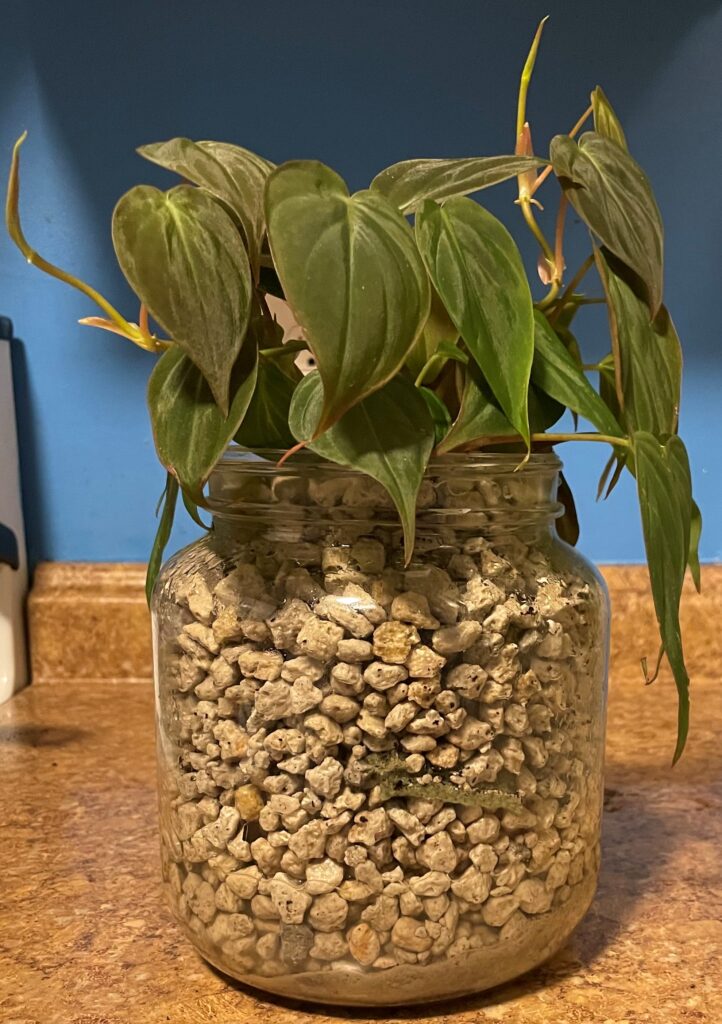
In conclusion, you can be hopeful about your houseplants during winter, and keep in mind that not all plants enter dormancy. Also, remember to leave room for a few surprises as you wait for springtime to come again.
Of course, you will not have some of these concerns if you live in a warm and humid climate year-round. And if you are so blessed, I envy you. LOL.
Feel free to leave a comment on this article or email me at Denise@TalkGumbo.com


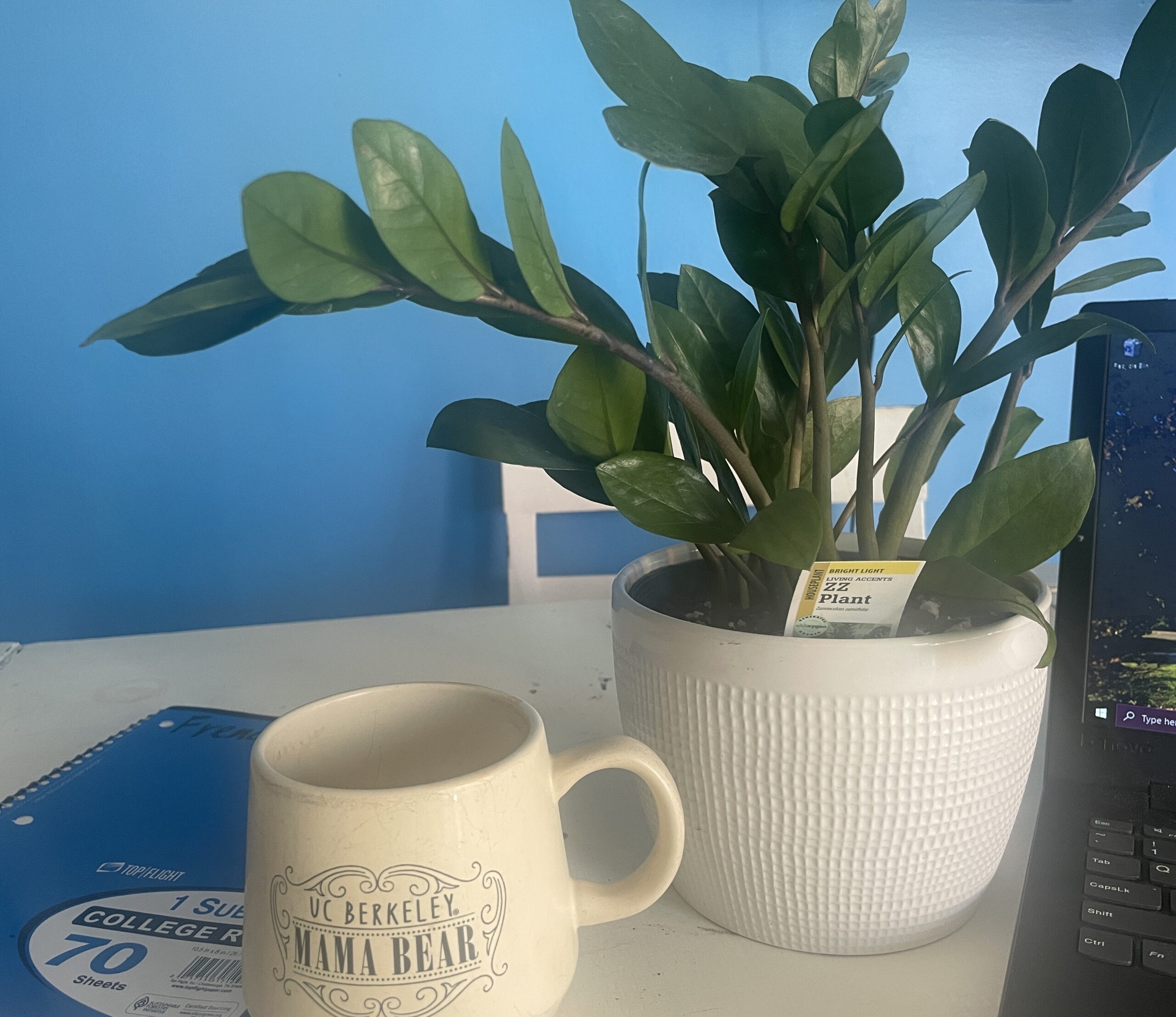

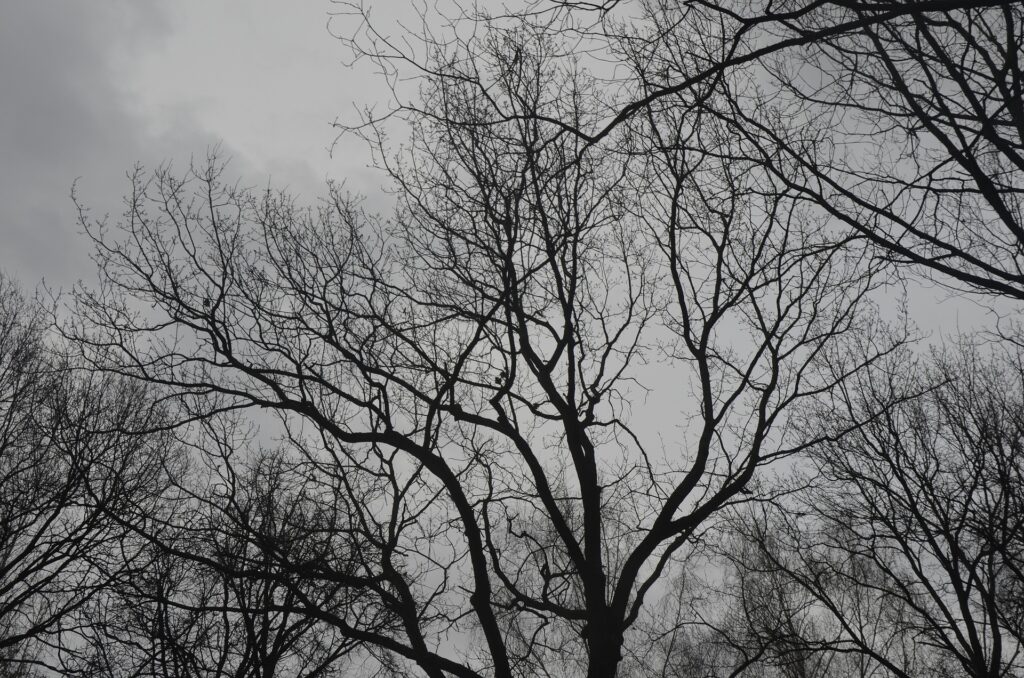
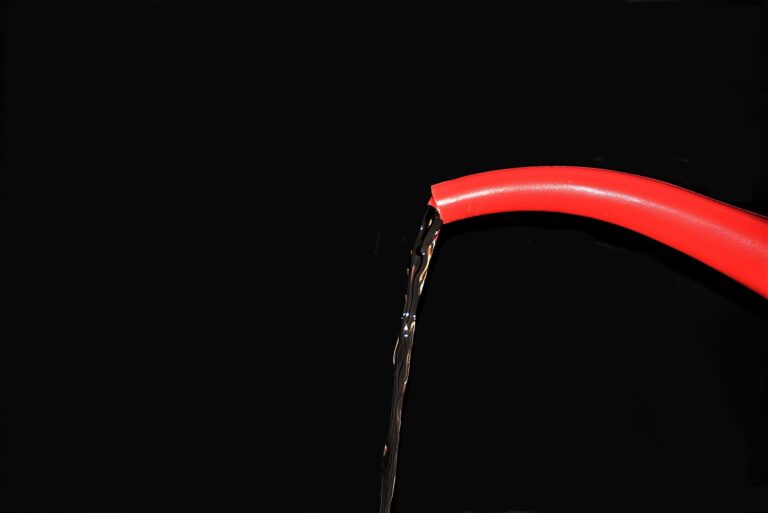




Comments 1